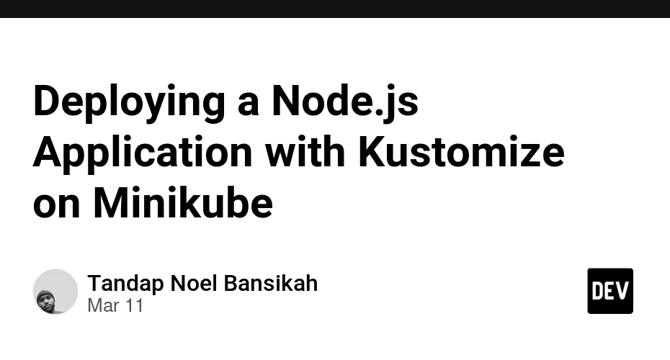Dev
1M
282

Image Credit: Dev
Deploying a Node.js Application with Kustomize on Minikube
- This article discusses deploying a Node.js application using Kustomize on a Minikube cluster, covering project structure, Dockerfile setup, Kubernetes manifests, and configuration management for different environments.
- Prerequisites include Docker, Minikube, and kubectl installed on the machine.
- The project structure includes config files, Kubernetes manifests, app.js, Dockerfile, and directories for overlays in different environments.
- The app.js file contains code for a Node.js application that reads config settings and displays them dynamically.
- The Dockerfile sets up the Node.js application with build and production stages for deployment.
- Building and pushing the Docker image to Docker Hub involves using 'docker build' and 'docker push' commands.
- Kubernetes manifests are organized into base (common configs) and overlays (environment-specific configs) directories.
- Kustomize is highlighted for declarative management, environment-specific configurations, no templating, and integration with kubectl.
- Advantages of Kustomize are discussed, and alternatives like Helm and Ksonnet are mentioned.
- Steps to deploy the application on Minikube include starting Minikube, deploying to Kubernetes with specific configurations, testing the app, and verifying deployments.
Read Full Article
17 Likes
For uninterrupted reading, download the app